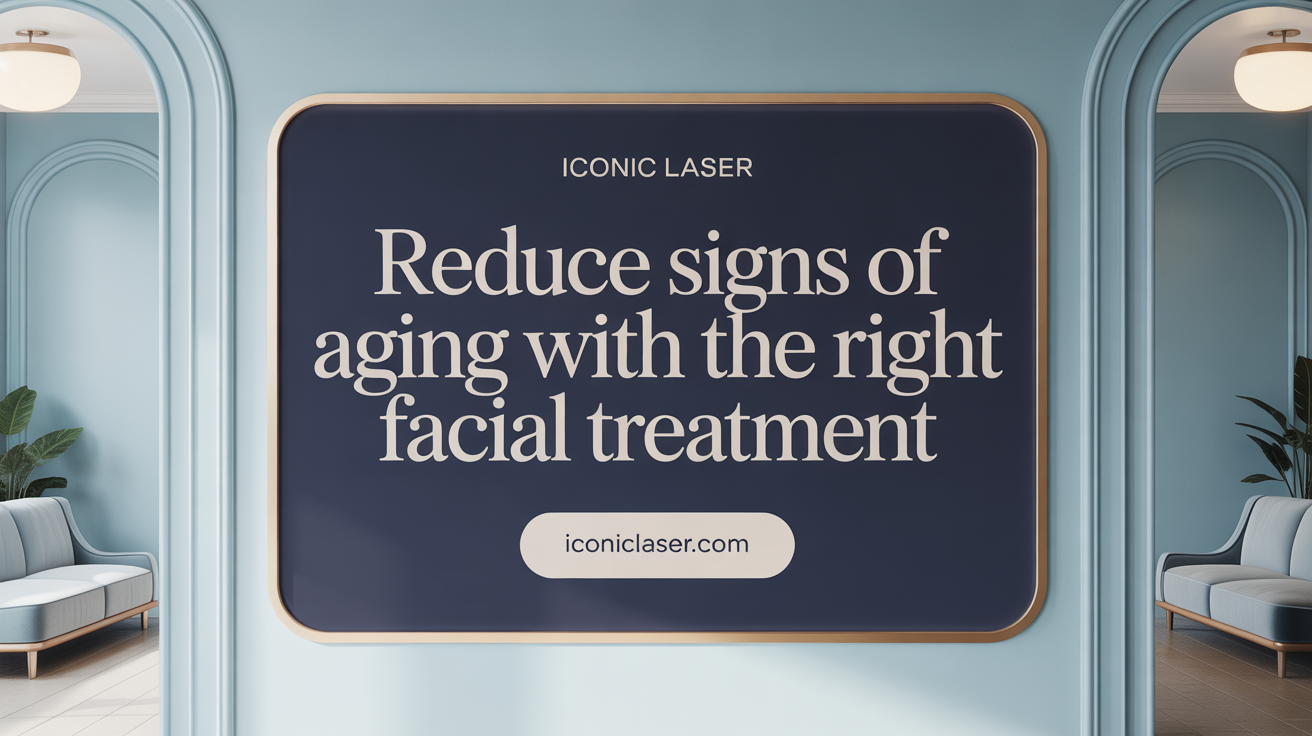Introducing Chemical Peels: Unlocking Your Skin’s Radiance
Chemical peels are a popular and effective cosmetic treatment designed to rejuvenate the skin by exfoliating its surface layers. They target a variety of skin concerns — from dullness and uneven tone to fine lines, acne scars, and hyperpigmentation. Understanding the types of chemical peels available and their suitability for different skin types is essential in selecting an ideal treatment that delivers glowing, healthier skin with minimal risks.
Understanding the Main Types of Chemical Peels and Their Differences

What are the main classifications of chemical peels and how do they differ?
Chemical peels are grouped into three categories based on how deeply they penetrate the skin: superficial, medium, and deep peels. Each type is designed for specific skin concerns and offers different results.
Superficial peels, also called light peels, include treatments with alpha hydroxy acids (AHAs) like glycolic acid and lactic acid, as well as beta hydroxy acids (BHAs) such as salicylic acid. These peels only remove the outermost layer of skin, making them gentle and suitable for mild skin issues like dullness, minor acne, and uneven skin tone.
Medium-depth peels, mainly using trichloroacetic acid (TCA), go deeper into the top and middle layers of skin. They are effective for addressing sun damage, hyperpigmentation, fine lines, and superficial scars. These peels often require a few days to recover.
Deep chemical peels, such as phenol peels, reach into the lower dermis. They are used for significant aging signs, deep scars, and severe sun damage. These peels are intense, involve longer healing periods, and carry higher risks, generally suitable only for lighter skin tones.
| Classification | Typical Agents | Depth of Penetration | Common Treatments | Typical Skin Concerns Addressed |
|---|---|---|---|---|
| Superficial (light) | Glycolic, Lactic, Salicylic acids | Outer skin layer | Gentle exfoliation, brightening | Minor discoloration, dull skin, fine lines |
| Medium-depth | TCA | Upper to middle skin layers | Resurfacing for pigmentation, wrinkles, scars | Sun spots, uneven tone, moderate wrinkles |
| Deep | Phenol | Deep dermis | Significant skin renewal | Deep scars, severe sun damage, deep wrinkles |
The selection of a peel depends on individual skin type, concern, and desired outcomes. Professional guidance ensures safe and effective treatment tailored to your needs.
More info search query: Types of chemical peels and their differences
Chemical peels offer a range of benefits by stimulating skin renewal, reducing signs of aging, and improving skin texture. Understanding their classifications helps in choosing the right treatment. Consulting with a dermatologist is essential for personalized assessment and safe application of any peel type.
Matching Chemical Peels to Your Skin Type and Concerns

How do I choose the right chemical peel for my skin type and concerns?
Selecting an appropriate chemical peel involves understanding your skin’s unique needs and how much recovery time you're willing to commit to. The first step is to accurately identify your skin type—whether it’s normal, oily, dry, sensitive, or a combination—either through simple at-home tests or by consulting a dermatologist.
For sensitive or darker skin tones, gentle superficial peels using alpha hydroxy acids (AHAs) like glycolic acid or mandelic acid are often recommended. These peels are effective for mild issues such as dullness, minor aging signs, and uneven skin tone, with minimal downtime.
Oily or acne-prone skin benefits from peels containing salicylic acid (BHA). This ingredient penetrates pores, controlling excess oil, and reducing breakouts, making it suitable for patients with active acne and clogged pores.
For aging skin concerned with wrinkles, loss of elasticity, or sun damage, medium-depth peels like trichloroacetic acid (TCA) are typically more suitable. They address deeper signs of aging and scars but require careful consideration of skin response and recovery duration.
It’s important to remember that deeper peels like phenol are reserved for severe skin issues and should only be performed under professional supervision due to their intensity and potential risks.
Ultimately, natural skin variability means the best approach is consultation with a licensed skincare professional. They can assess your skin’s condition, discuss your goals, and recommend a tailored treatment plan. This personalized guidance ensures you choose the safest, most effective peel, achieving optimal results while minimizing complications.
In summary, understanding your skin type and concerns guides you toward selecting a peel that matches its needs—whether to refresh dullness, manage acne, reduce signs of aging, or correct pigmentation—and ensures a safe, satisfying skincare journey.
Chemical Peels for Hyperpigmentation and Skin Brightening

What are the different types of chemical peels used to treat hyperpigmentation?
Treating hyperpigmentation effectively depends on choosing the right type of chemical peel. The spectrum ranges from superficial to deep peels, each suited for different levels of skin discoloration and skin sensitivity.
Superficial peels use milder acids like glycolic acid or salicylic acid, designed to exfoliate only the outermost layer of skin. These are ideal for mild hyperpigmentation, age spots, and dull skin, with minimal downtime.
Medium-depth peels, such as TCA peels, penetrate deeper into the skin layers. They are suitable for stubborn discoloration, more pronounced sun damage, and deeper pigmentation issues, providing more significant lightening results but requiring longer recovery.
Deep peels involve phenol and are reserved for severe cases of pigmentation and extensive sun damage. They produce substantial skin lightening but come with higher risks and longer healing periods.
Specialized peels like mandelic acid, kojic acid, and vitamin C-based treatments are also used for targeted skin brightening, often in combination with other therapies for enhanced effects.
What chemical peels are recommended for skin whitening or brightening?
For skin whitening and brightening, superficial peels containing alpha-hydroxy acids like glycolic acid and lactic acid are popular choices. They gently remove dull, dead skin cells and promote a more even skin tone.
Peels with melanin-inhibiting ingredients such as kojic acid, vitamin C, and Mandelic acid can specifically reduce dark spots and uneven pigmentation, making them suitable for individuals with pigmentation concerns or darker skin tones.
Medium-depth peels like TCA can be effective for more persistent pigmentation and sun damage, offering a deeper exfoliation that enhances overall skin radiance.
Selecting the right peel depends on individual skin type and concern, so expert advice from a dermatologist is essential to avoid adverse effects and optimize results.
Can different peel types be combined for better tone?
Yes, combining various peel types can be an effective strategy to achieve optimal skin tone brightening. For example, a superficial glycolic acid peel might be followed by a specialized melanin-inhibiting peel like kojic acid or vitamin C to enhance skin radiance.
A treatment plan that includes multiple peel sessions or combining superficial and medium-depth peels can gradually improve hyperpigmentation while minimizing discomfort and downtime.
However, such combinations should always be under professional supervision to ensure safety and effectiveness. Customized treatment plans are best tailored after evaluating the individual's skin condition and concern.
| Peel Type | Target Concerns | Typical Ingredients | Downside / Considerations |
|---|---|---|---|
| Superficial | Mild hyperpigmentation, dull skin | Glycolic acid, lactic acid, mandelic acid | Minimal downtime, suitable for sensitive skin |
| Medium-depth | Deeper pigmentation, sun damage, age spots | TCA, higher concentration of glycolic acid | Longer recovery, more intense treatment |
| Deep | Severe hyperpigmentation, deep scars | Phenol, high-strength TCA | Significant downtime, higher risk, usually custom for lighter skin |
Proper assessment and tailored treatment by a skincare professional can maximize results and minimize risks for hyperpigmentation and skin brightening.
Best Chemical Peels for Aging Skin: Reversing Signs of Time

Why aging skin requires specific peel types
Aging skin often shows signs such as fine lines, wrinkles, uneven skin tone, and sun damage. To effectively address these issues, certain types of chemical peels are more suitable. Deeper peels can stimulate collagen production, which is vital for skin firmness and elasticity, helping to reverse some aging signs.
Recommended peels for fine lines, wrinkles, and sun damage
For skin with visible signs of aging, medium-depth peels like TCA (trichloroacetic acid) are highly recommended. These peels penetrate deeper into the skin layers, targeting issues such as fine lines, wrinkles, age spots, and discoloration caused by sun damage. They promote significant improvements in skin texture and tone, revealing a more youthful appearance.
Comparison between superficial and medium-depth peels for aging concerns
Superficial peels, including those with glycolic acid or other AHAs, provide gentle exfoliation and are ideal for mild aging signs. They are quick, with minimal recovery time, and effectively brighten dull, tired-looking skin. In contrast, medium-depth peels like TCA delve deeper and require about a week of recovery. These peels deliver more noticeable results for moderate to severe aging concerns but carry increased risk and downtime.
Risks and recovery considerations
While effective, medium-depth peels come with potential side effects, including redness, peeling, and sensitivity, lasting from a few days to a week. Deep peels, if used, have even longer recovery periods and higher risks, making them suitable only for resilient skin types and under professional supervision. It’s crucial to follow post-treatment care, including strict sun protection and proper moisturizing, to optimize results and minimize complications.
Expert guidance in selecting peels for mature skin
Selecting the appropriate peel for aging skin should always involve a consultation with a qualified dermatologist. They consider skin type, severity of aging signs, and individual goals to recommend the safest and most effective treatment plan. Personalized advice ensures optimal outcomes, balancing efficacy and safety while aligning with the patient’s lifestyle and skin condition.
Preparation, Post-Care, and Who Should Avoid Chemical Peels

What are the preparation steps before a chemical peel?
Preparing your skin properly can enhance the results and reduce the risk of side effects. Patients are typically advised to avoid sun exposure for at least two weeks prior to the procedure and to discontinue use of retinoids, exfoliants, and certain medications as recommended by the dermatologist. Staying well-hydrated and avoiding tanning or skin irritants helps ensure the skin is in optimal condition for peeling. A thorough consultation with a skincare professional allows for personalized advice based on your skin type and concerns.
What sensations and side effects might occur during and after a peel?
During the procedure, most people experience mild tingling, warmth, or a burning sensation depending on the strength of the peel. Superficial peels tend to produce minimal discomfort, while medium and deep peels may cause more intense sensations, sometimes requiring topical numbing agents. Post-treatment, redness, peeling, and slight swelling are common. For deeper peels, recovery can take several weeks, with skin appearing red, flaky, and sensitive during this period. Proper aftercare minimizes complications and promotes healing.
What are essential post-peel care tips?
Post-peel care focuses on protecting and nourishing the skin. Heavy moisturizers and gentle cleansers are recommended to support skin repair. Equally important is strict sun protection; applying a broad-spectrum SPF 30 or higher daily shields the skin from UV damage and prevents hyperpigmentation. Patients should avoid irritating products such as alcohol-based toners, retinol, or exfoliants until the skin fully heals. Staying hydrated and avoiding strenuous activities that cause excessive sweating also help in optimal recovery.
Who should avoid chemical peels and why?
Individuals with darker skin tones are generally advised to avoid certain deep peels because they have a higher likelihood of developing post-inflammatory hyperpigmentation or uneven skin tone. Active skin conditions like infections, cuts, broken skin, or sunburn should be healed before undergoing a peel. People with skin diseases such as psoriasis, eczema, dermatitis, or rosacea should refrain from chemical peels as these conditions can worsen or trigger flare-ups. Pregnant or breastfeeding women are also typically advised to postpone peels due to limited safety data. Moreover, those who recently used isotretinoin (Accutane) or have known skin sensitivities might experience adverse reactions.
Why is professional consultation important?
A consultation with a board-certified dermatologist or licensed aesthetician allows for assessment of your skin type, concerns, and medical history. This helps in designing a tailored treatment plan, choosing the appropriate peel type, and setting realistic expectations. Professional guidance reduces risks, optimizes results, and ensures the procedure is safe and effective.
For further details, searching "Chemical peel preparation and contraindications" can provide comprehensive insights into managing pre-treatment steps and understanding who should avoid this aesthetic procedure.
Making an Informed Choice for Your Skin’s Health and Beauty
Selecting the right chemical peel involves understanding your skin type, identifying your primary concerns, and consulting with a skincare professional to tailor treatments that balance efficacy and safety. From gentle superficial peels to more intensive medium and deep options, there is a peel suited to nearly every skin profile and concern—whether addressing dullness, pigmentation, acne scars, or signs of aging. Proper preparation and diligent aftercare are equally crucial to optimizing results and maintaining radiant, healthy skin. With informed choices and expert guidance, chemical peels can be a transformative part of your skincare journey, unveiling smoother, brighter, and rejuvenated skin.
References
- Which Chemical Peel is Right For Me? - Dr. Michele Green M.D.
- Best Chemical Peels for Every Skin Type - Team Dermatology
- Peel Perfection: Choosing the Right Peel for Your Skin Type
- Choosing the Right Chemical Peel for Your Skin Type
- Types of Chemical Peels: Choosing the Best One for Your Skin
- The Ultimate Guide to Choosing the Right Chemical Peel for Your ...
- Chemical Peels for Every Skin Type - Columbus Cosmetic
- How to Choose the Right Chemical Peel for Your Skin Type
- Choosing the Perfect Chemical Peel for Your Skin Type
